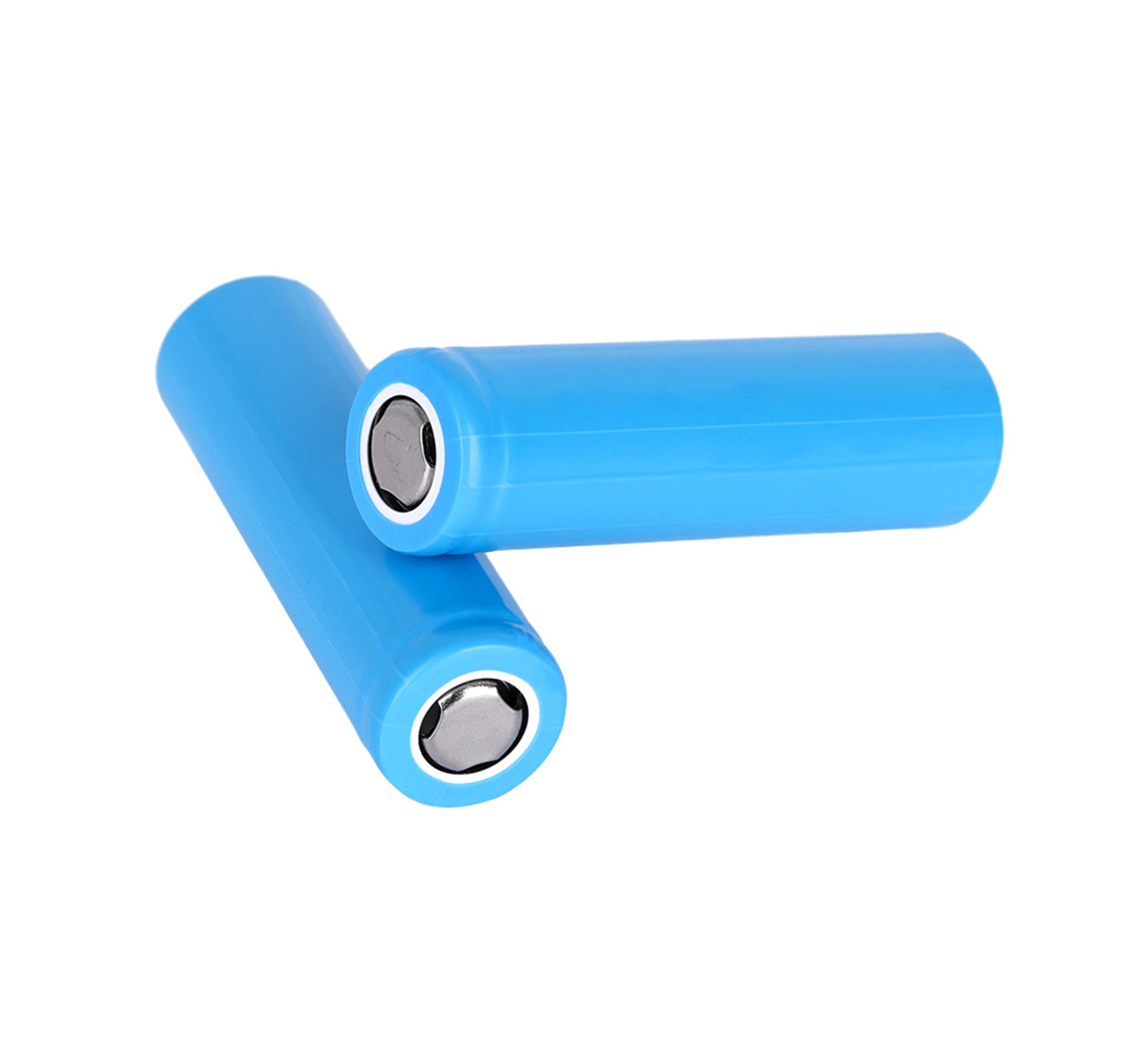Time:2024-03-12 Preview:1 source:News

Zhang Xiangmu, director of the Equipment Industry Department of the Ministry of Industry and Information Technology, said at the 2016 China Electric Vehicles 100 Forum that the inclusion of ternary lithium battery buses in the "Catalogue of Recommended Models for the Promotion and Application of New Energy Vehicles" was suspended, expressing the country's concerns about the safety of power batteries. The safety risks of ternary materials are indeed relatively large.
Zhang Xiangmu, director of the Equipment Industry Department of the Ministry of Industry and Information Technology, stated at the 2016 China Electric Vehicles 100 Forum that the inclusion of ternary lithium battery buses in the "Catalogue of Recommended Models for the Promotion and Application of New Energy Vehicles" was suspended, expressing the country's concerns about the safety of power batteries. In fact, in the new car catalog of the Ministry of Industry and Information Technology on January 14 this year, there are no passenger cars equipped with ternary material batteries.
The reason given by Zhang Xiangmu is that ternary lithium batteries have high specific energy and good cycle performance, and are an important development direction of lithium batteries in the future. However, my country started late in this field, and the safety development and verification of products for passenger cars is not enough. The Ministry of Industry and Information Technology is considering further raising the safety technical threshold of new energy vehicle products and organizing a risk assessment of ternary lithium battery buses and other models under the current safety standard system. He made it clear that before the evaluation is completed, the inclusion of ternary lithium battery buses in the "Catalogue of Recommended Models for the Promotion and Application of New Energy Vehicles" will be suspended.
■Nernary materials are flammable at high temperatures
The safety risks of ternary materials are relatively large. The nickel-cobalt-aluminum ternary material 18650 battery will self-heat above 180°C and is difficult to control after a fire. However, the lithium iron phosphate material will only exotherm above 250°C and is safe. Sex is relatively high.
In terms of material properties alone, both materials will decompose when they reach a certain temperature. The ternary lithium material decomposes at around 200°C, while lithium iron phosphate decomposes at 700~800°C. Moreover, the chemical reaction of ternary lithium materials is more violent, releasing oxygen molecules, and the electrolyte burns rapidly under the action of high temperature, causing a chain reaction. When lithium iron phosphate decomposes, it does not release oxygen molecules and burns less violently. Therefore, only in terms of the cathode material properties of lithium-ion batteries, ternary lithium materials are more likely to catch fire or have accidents than lithium iron phosphate materials.
■Large battery capacity leads to poor heat dissipation
In addition to the safety risks of ternary materials, the large capacity of passenger car batteries also increases the danger of ternary batteries. Huang Xuejie said that battery safety is inversely proportional to the energy stored in the battery, that is, the greater the energy that can be released, the greater the safety risk. The battery capacity of pure electric cars is generally tens of kilowatt hours, while the battery capacity of pure electric buses is The battery capacity is as high as hundreds of kilowatt hours. As the battery capacity increases, the battery volume also increases, its heat dissipation performance becomes worse, and the possibility of safety accidents increases.
Huang Xuejie told reporters that when making lithium-ion batteries into power batteries, their safety performance must be improved. The larger the single battery, the higher the safety indicators required. In addition, the safety of the battery system is not determined solely by the single battery. Liu Yanlong, secretary-general of the China Chemical and Physical Power Supply Industry Association, believes that the grouping technology, charging methods, usage methods, maintenance methods, reliability of the protection system, and effectiveness of the communication protocol of the electric vehicle battery pack will all affect the safety of the battery pack. Influence.
■Lack of evaluation system
It is precisely because of the lack of corresponding evaluation system in China that it is difficult to evaluate the final safety situation of the ternary battery system. The single battery pack will be designed according to the vehicle usage conditions. By strengthening the monitoring of the entire production process, the safety of the ternary battery system can be effectively improved, but the final safety needs to be determined through the corresponding evaluation system, Liu Yanlong told reporters , “There is a lack of corresponding evaluation system in China.
Wang Binggang and Liu Yanlong have the same views on the Ministry of Science and Technology’s major electric vehicle technology project. Wang Binggang believes that the choice of battery materials cannot fundamentally solve the battery safety problem, and we should start by formulating strict battery product quality requirements and supervision measures. In this regard, Wang Binggang put forward two suggestions. One is that clear safety assessment indicators need to be formulated for battery modules and battery systems; the other is that new energy buses should be strictly monitored and the monitoring content and responsibilities should be clearly defined.
Ruan Yiliang, director of the marketing department of AVIC Lithium Battery (Luoyang) Co., Ltd., believes that bus operating routes and environments are relatively fixed, and battery power is not the main focus of buses. The lithium iron phosphate route should be adhered to with higher thermal stability and greater safety. Data show that among the pure electric buses currently produced in my country, buses using lithium iron phosphate power batteries account for 60% of the entire new energy bus market, and ternary material power batteries account for 30% of the market share. Lithium iron phosphate batteries are still the mainstream direction in the field of electric buses and are also the best choice.
Related suggestion:
Batteries have become an important factor hindering technological breakthroughs